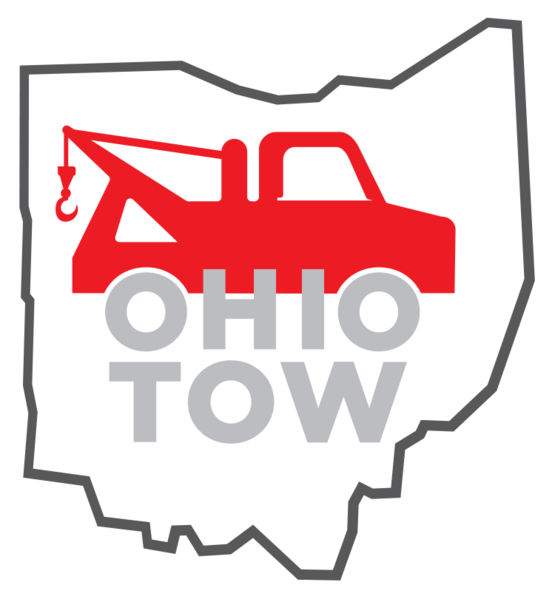Roadside Safety Tips
February 7, 2017
February 7, 2017
Whether it's a flat tire, breakdown or an accident, there's a good chance you'll experience some sort of roadside emergency in your lifetime. And if it happens on a busy street or freeway where you have to contend with heavy traffic, a bad situation can quickly become worse.
According to the Federal Highway Administration, every year there are roughly 4,000 pedestrian fatalities, accounting for 12% of all traffic fatalities and 59,000 pedestrian injuries from roadway crashes. Practicing smart roadside safety techniques can help prevent you from becoming an unfortunate statistic.
If you have an emergency while driving, your personal roadside safety should be your first priority. Allied Auto Insurance suggests that you follow these safety recommendations from the Insurance Information Institute to help prevent one accident from becoming two.
Never get out of the vehicle to make a repair or examine damage on a busy highway. Get the vehicle to a safe, out-of-the-way spot, and then get out of the car. If you've been in an accident, motion for the other driver to do the same.
If you have a tire blowout or a flat, good roadside safety calls for moving your vehicle to a safer place out of harm's way before attempting a repair, even if it means destroying the wheel. The cost of a new tire, rim or wheel is well worth it when it means ensuring your safety.
If your car won't run or if it's so badly damaged that it can't be driven, stay in the vehicle and use a cell phone to call for help. Don't stand outside the vehicle in the flow of traffic.
If you break down in a dangerous area, call the police and stay in your car with the doors locked until help arrives.
Carry flags, flares or reflective triangles in your vehicle so you can mark your location in the event of an emergency, even during the day. Remember to turn on your hazard lights so that other drivers have advanced warning of a problem ahead.
Be sure to always carry roadside safety kits for emergencies. Your kit should include:

February 7, 2017
All highway breakdowns are not created equal.The procedure for what do in the event of a vehicle breakdown has a lot to do with where the vehicle is being driven at the time it sputters to a stop. Metropolitan-area freeways and rural highways each... More